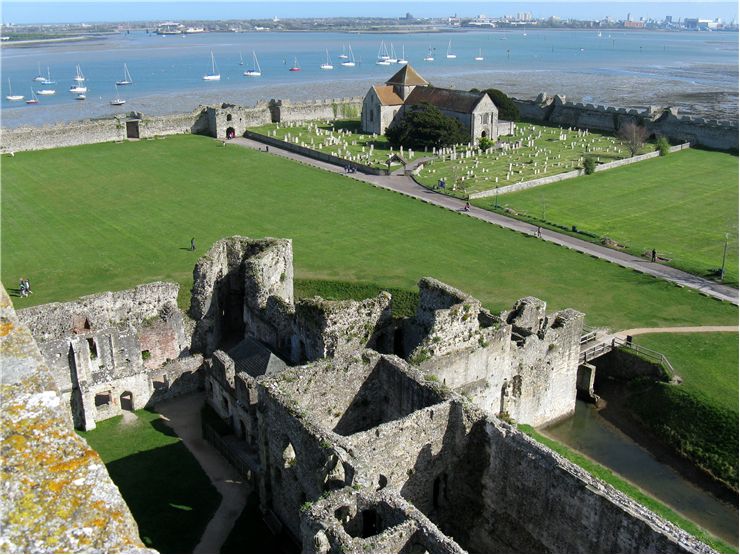Most Famous Castles by Time Period
Over the last 1000 years, landscape of Europe was changed significantly with the development of modern castles. Those large military and royal structures helped to reshape borders of many countries during countless wars, enabled expansion of cities to new lands, and promoted fashion that was fueled by the new traditions of royal courts and nobleman in many European countries. During all that time, castles (and castle shaped monasteries) provided solid foundation for the development of architecture, preservation of history, and art.
Modern history of stone castles started in 9th and 10th century as the reaction to the fall of the Carolingian Empire and the sudden privatization of the vast amount of European lands by individual lords. Another strong incentive for building strong castle was given during the age of Norman expansion to the west, which caused creation of large amounts of castles in Germany and England, most notably wide array of castles near heavily defended London. Very famous castles such as Alnwick, Warwick, Windsor and Tower of London were created in 11th century just for that purpose, to provide a solid stationary defense against Norman intrusion and military stronghold for maintaining the rule of the Crown.
As wars in Europe intensified between 11th and 14th centuries, many castles were built with the knowledge that was gathered in the Middle East during
Crusades. Seeing many advantages that were present in the designs of the castles in the Holy Land, European castles went through turbulent period of
innovation. Some of the most famous castles created in that period such as Leeds and Conwy Castle in England, Lichtenstein Castle and Heidelberg Castle in
Germany or Cité de Carcassonne in France all featured advances that were brought from outside the Europe.
Another strong change in the castle construction came with the Renaissance which brought not only many fashion changes in architecture, but also decline of
military castles caused by the advent of powder weapons. Forced to switch their military focus on more mobile armies, castles became secondary facilities
that were less and less used in wars. This enabled nobility to start building lavish castles intended for personal use, as royal houses, hunting vacation
premises and more. This tradition continued all through 17th and 18th century, and was somewhat continued even in 19th and 20th century when romanticized
view of the past became popular fashion trend. During that period many “idealized” medieval castles were built, most notably Neuschwanstein Castle in
Germany.
This is only a small portion of countless famous castles that were created in Europe and the rest of the world during the last 1000 years of our history. Stay here and get informed about them.


